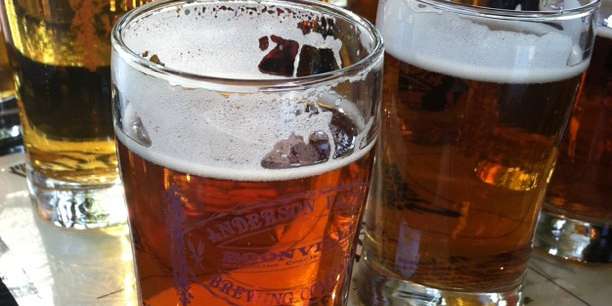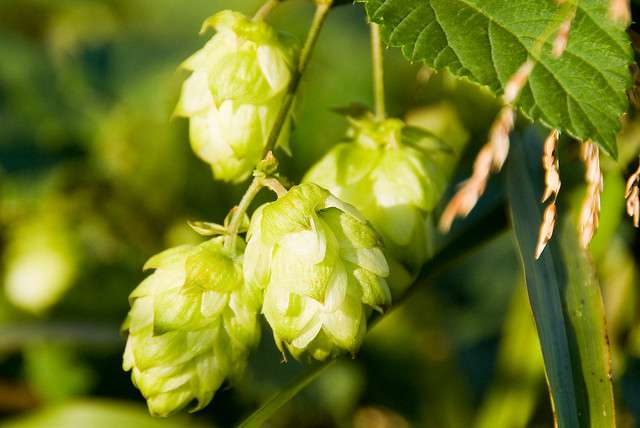Beer color measurements
When it comes to beer choices, the options are endless. Here in the Pacific Northwest, we pride ourselves on pioneering the latest trends in micro-brews, but for a product to really go mainstream, consumers’ expectations are set on consistency in both color and flavor for repeat buying power. Beer color perception is one of the first factors many buyers consider when evaluating food and beverage choices. Not only is beer color an important element in consumer choice. Color analysis can be used throughout the brewing process to maintain product quality and consistency, yet it is often undervalued in the brewing world. Beer color analysis is an important element in both marketing and production, and requires advanced technology for proper monitoring.
The color measurement system for assessing and quantifying beer color was established in the 1940s and early 1950s, and is commonly referred to as the Standard Reference Method (SRM). Although this method is primarily used to indicate finished beer color, the American Society of Brewing Chemist (ASBC) use various forms of beer color analysis based on this method to closely monitor processing and changes. Large beer corporations have very stringent guidelines for beer color and consistency, and rely on spectrophotometric technology to closely monitor finished products for consistency. “The allowable variation is in many cases <0.1 °SRM” (morebeer.com). Although caramel color additives have been used for color stability in the past, new methods depend on color prediction and monitoring through the use of advanced spectrophotometry to achieve desired results.
Although beer color measurement has often taken a backseat in the past, with a much more diverse market of craft brewers emerging a new emphasis has been put on color monitoring. Brewers are beginning to see how color measurement plays a valuable role in the control of beer color and can be a valuable assessment tool for quality control.
The role of color measurement in processing
When evaluating beer color, both the beer and the wort are examined for color variations. The base of all beer is water, and purity is valued for quality results. Spectrophotometers measure APHA (American Public Health Association) color to determine water quality for safety and consistency. From that point, a variety of factors can influence changes, and beer colors can range from light to dark with variations of amber and red hues in between. Originally, brewers relied on a visual comparison method for monitoring changes in beer and wort color, but human perception limitations made consistent results nearly impossible. Today, spectrophotometers provide objective and quantifiable results to ensure color stability throughout the various processes of sampling and grading, germination, and chemical analysis.




